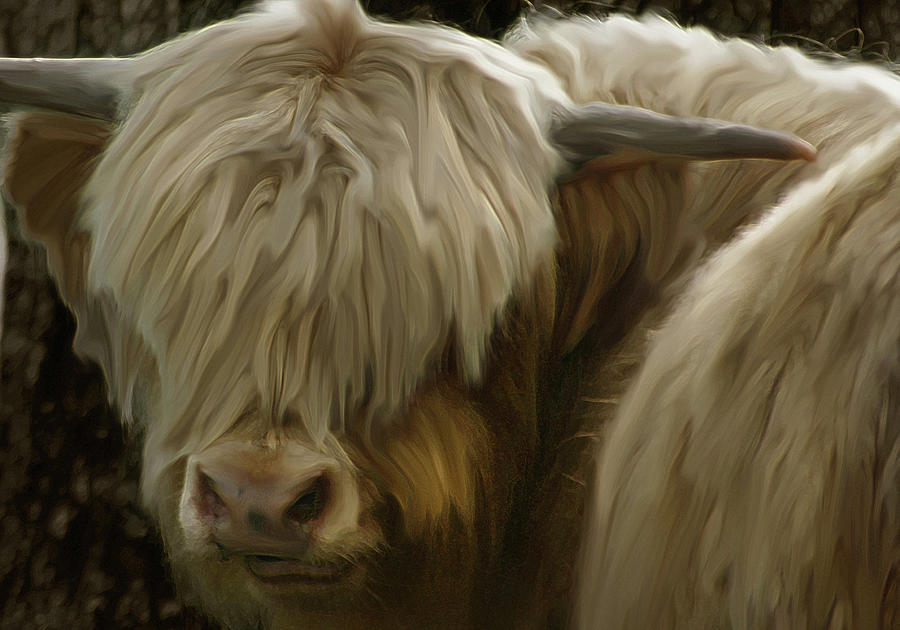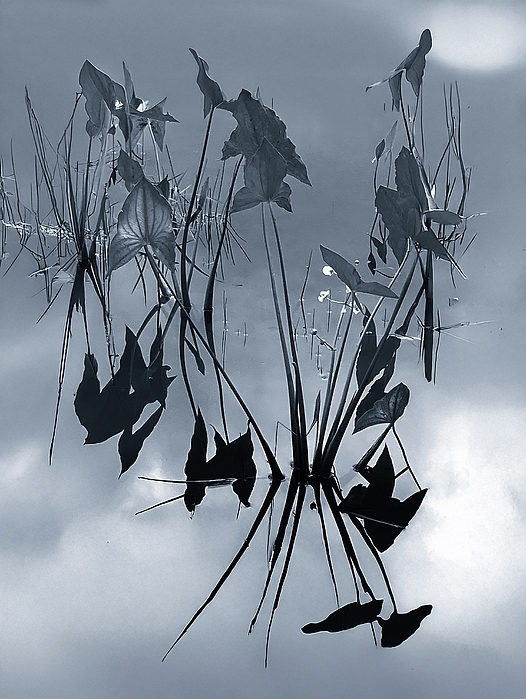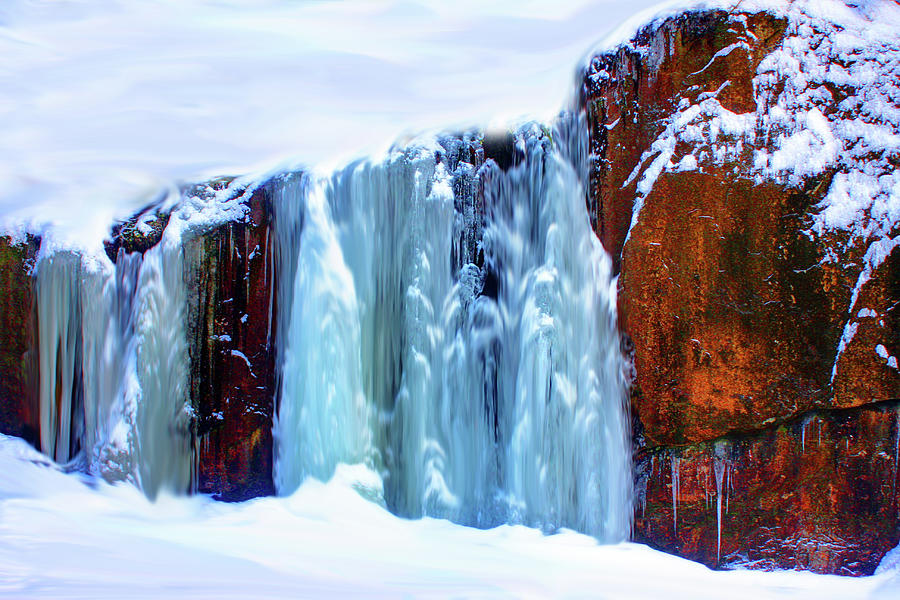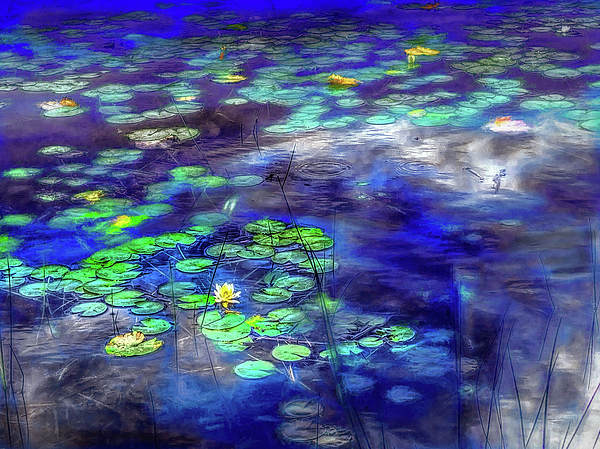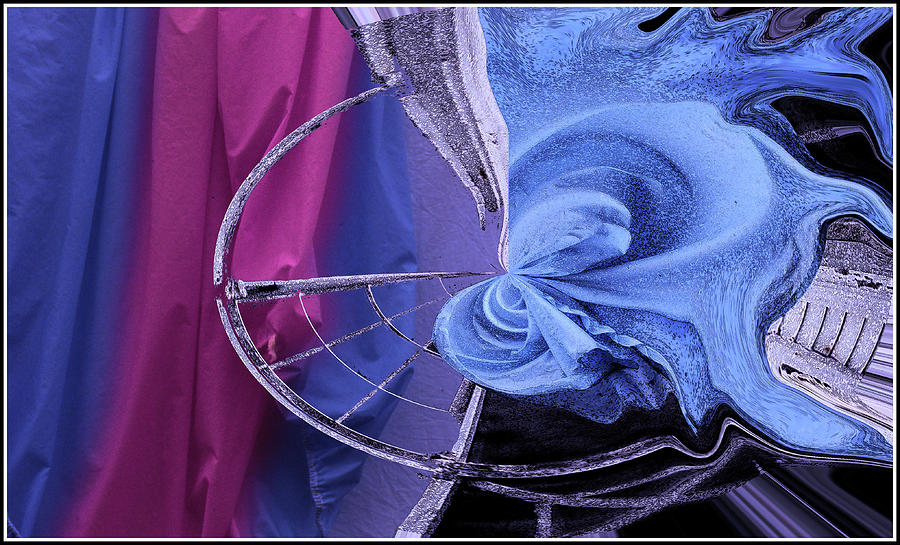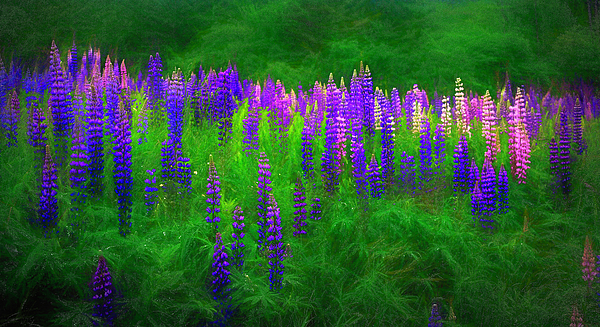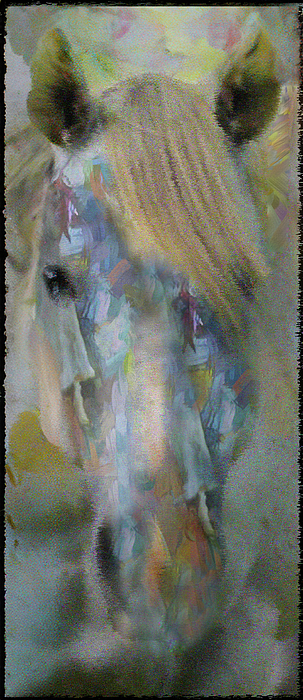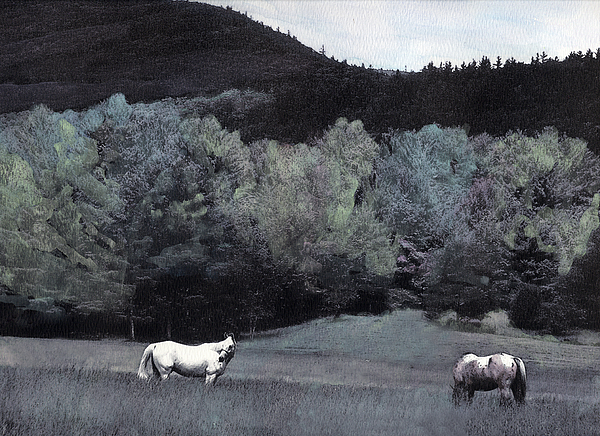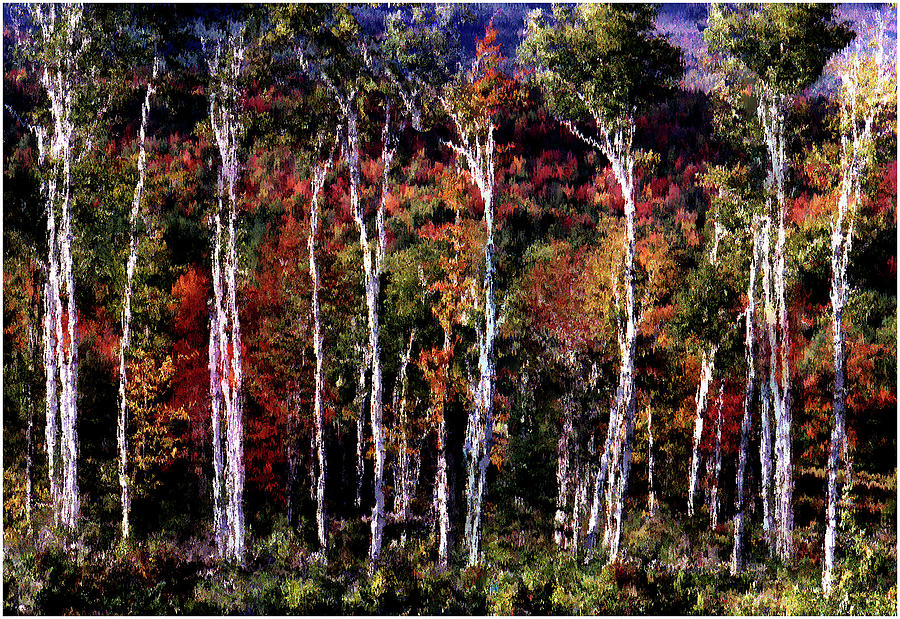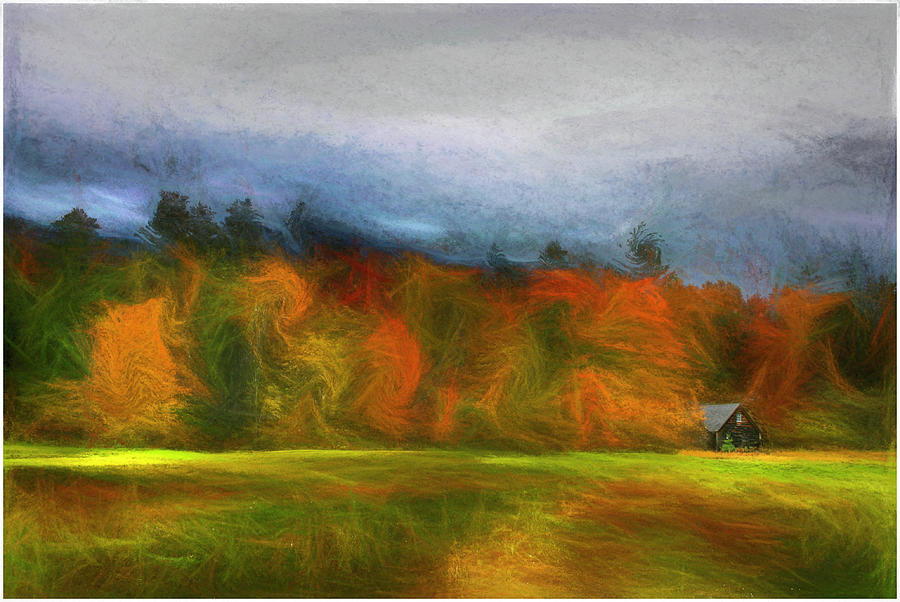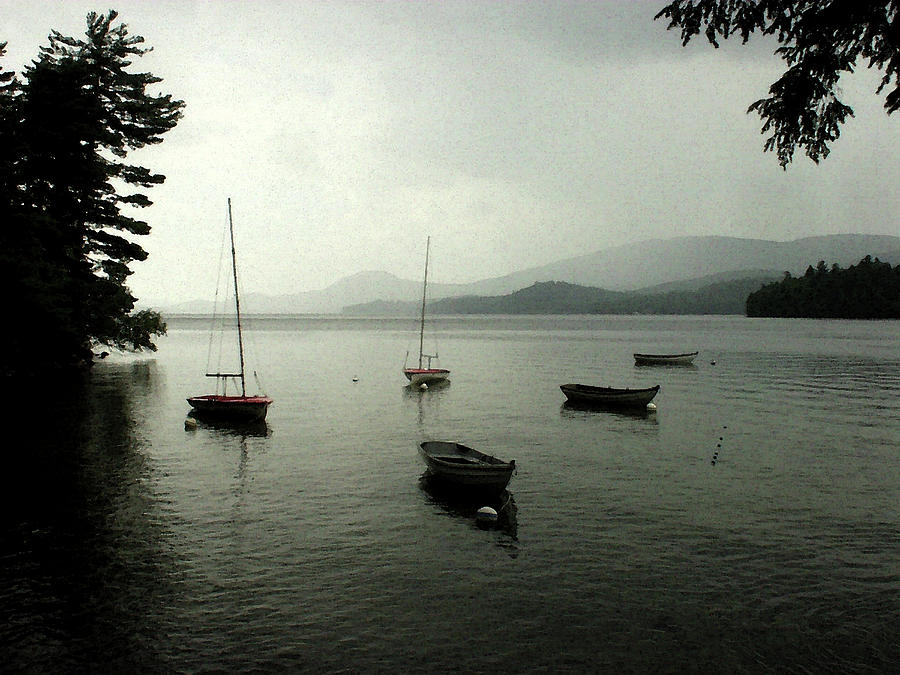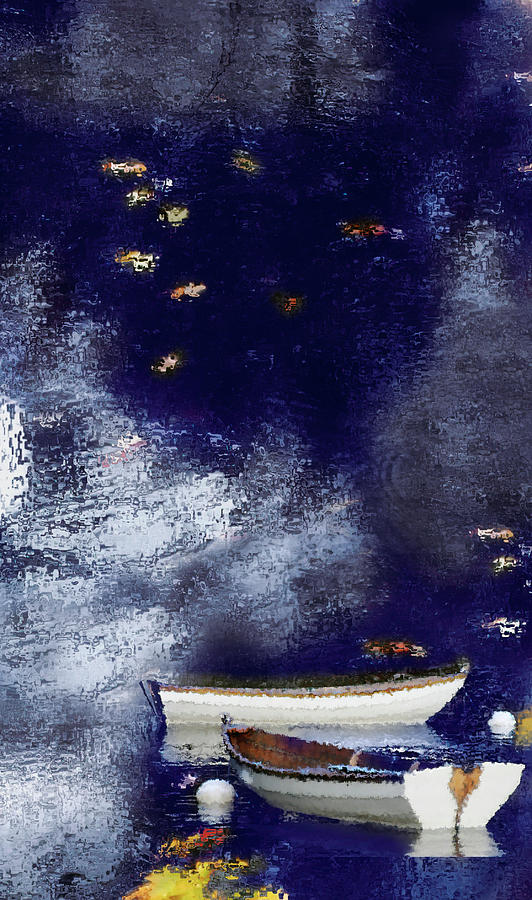New Hampshire
Secrets, Legends & Lore
Featured on the NH Center for Public Interest Journalism - InDepthNH.org
The Dreamers & the Doers
The Birth of Freestyle Skiing at Waterville Valley Series
From Anamaki Chronicles and InDepthNH.org
 |
| Wayne Wong - Facebook Page |
Episode 109
Introduction to the Series:
The Schusses Along the Way
The Birth of Freestyle Skiing at Waterville Valley
Listen here: https://feeds.podetize.com/ep/merRchZ-4/media
or
Listen on Apple Podcasts:
https://podcasts.apple.com/us/podcast/the-birth-of-freestyle-skiing-at-waterville/id1448601053?i=1000690097600
Part 1
The Dreamers & the Doers
The Early Days of Waterville Valley
The Untold Story of the Birth of Freestyle Skiing at Waterville Valley Hotdog Skiing Was a Purely American Innovation and a Celebration of Diversity
A Three-part audio-podcast celebration of the people and events that shaped the birth of freestyle sking. © Anamaki Chronicles & InDepthNH.org.
It is often expressed, regarding American culture and innovation, that California is a primary source for new cultural trends and ideas. Yet in the early 1970s, a little town at the end of the road in the White Mountains of New Hampshire became a focal point for an innovation in alpine skiing; an innovation that in only a few short years would sweep across the nation and the world: Freestyle skiing.
This series is all about the people and events that launched The Birth of Freestyle Skiing.
Part 1 The Dreamers & Doers
The 1960s and 1970s were a time of excitement and innovation, driven by people from all walks of life. The growth and development of Waterville Valley and the explosion of Freestyle skiing was no exception. Consequently, telling the story of the birth of Freestyle skiing requires that we open our minds to what happens when we mix blueblood Northcountry families like Ralph and Grace Bean and their two boys Danny and Dave, Olympic skiers like Tom Corcoran and his friends: Doug Pfieffer editor of “Skiing Magazine”, the Kennedys of Massachusetts, with immigrant-made-good dynasties in the making like the Dunfeys, and college students lured to the “Valley” by a love of the mountains and skiing like John and Donni Hughes, and other accomplished and talented long-timers like Raymond Brox and his family. These were the dreamers and doers.
Part 2 The Mentors & Protectors
Then there were the Mentors, the Protectors: the men and women who had fallen in love first with skiing and then with Freestyle and its devil-may-care skiers. They brought their wisdom and enthusiasm to the sport, people like JD Nelson, Jack Sanders, and Bernie Weishel who - on more than one occasion - rescued Freestyle from the jaws of extinction in a society increasingly placing bumpers and belts on our lives and bodies to protect us from ourselves.
Part 3: The Athletes
Athletes like Wayne Wong, George Askevold, Floyd Wilkie and Billy Fallon among others. Frank Deboise, the nations first African-American certified ski instructor and Ski School Director Paul Pfosi who had the vision to see beyond the back-biting and competitiveness between Racers and Freestylers.
Together these men and women created a Northcountry stew of enthusiasm, fearlessness, talent and determination from which would emerge the most thrilling and innovative changes to alpine skiing since its inception. They were a diverse, freewheeling and welcoming group of people, multi-cultural, multi-ethnic, from every socio-economic level, every religious and non-religious background.
It seemed the epitome of everything that our founders had dreamt of . . . a pluralistic wave moving us forward, to match the other changes taking place all over the country and the world.
We were a country and a people on the move, a people who served as a paradigm of everything we could be; where the athletes, mentors, and dreamers made us excited about the future by providing us with examples of courage, and enthusiasm that matched our own personal vision of that which was best in America.
And the changes were not just social and political. We became aware quickly that as the country advanced and pluralism grew, so too did the economic power of the country. Rope Tows and cow pastures yielded to T-Bars and, then, chair lifts servicing triple black diamond slopes like True Grit and Bobby’s Run named for Waterville Valley’s fallen favorite son Robert F. Kennedy (Sr.), felled by an assassin's bullet during the 1968 Presidential primary.
The changes also led to a thriving and exploding economic sector of the market around winter sports. Suddenly the choice of skis went from Northland and Head to dozens of new companies offering the most innovative skis and the safest of bindings. Even skiwear saw an economic explosion and who can forget Olympian Suzy Chaffee announcing that her new nickname was now “Suzy Chapstick” as the athletes discovered the power of their names and endorsements in the marketplace.
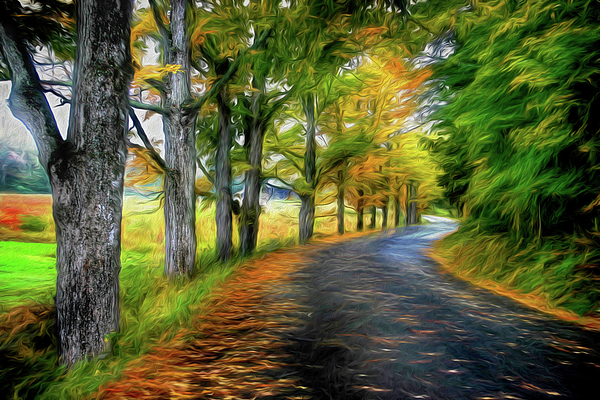 |
Autumn Curves on George Road
Unsigned open-edition prints
|
Some of the most important people in this story are no longer with us and we regret that we have not yet found a way to fully acknowledge their contributions to the sport. We ask for your indulgence in this shortcoming. Furthermore, if you have ideas about ways in which we can fill these gaps, we would love to hear them. Perhaps some future podcasts can be blended with this overview to provide an even more robust historical picture.
Some of the giants are still with us and we have tried to interview many of them for their input.
Weaving together their stories and the overall story of the birth of freestyle created a set of choices for us in telling the story. Should we simply glean the little bits and pieces of the interviews that directly related to the freestyle story and ignore the color and culture of the times expressed during the course of the interview; or could we find a way to present their stories more fully and still maintain the thruline of the story of Freestyle’s birth?
We have chosen to take a bit of a hybrid approach as a result. We’ve included some of the individual interviews as a separate entity, giving you - the listener - the opportunity to click through to some of the individual interview as you schuss through the story over the next few episodes to hear more from the people who played a central role in the birth of Freestyle. In our show notes for each of the main episodes we will provide links to the full interviews that relate to the episode.
We begin with the Dreamers and the doers.
The Early Days of Waterville Valley
Hotdog Skiing Was a Purely American Innovation and a Celebration of Diversity
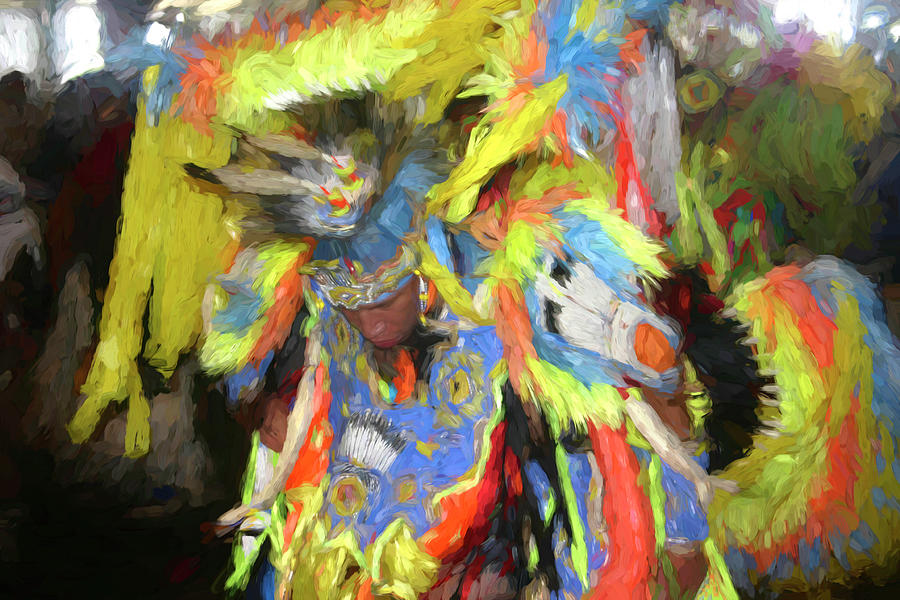 |
Pow Wow Colors
|
You can’t talk about how Freestyle Skiing came onto the scene without at least a little background on Waterville Valley itself. Because one of the most prominent ski areas in the Eastern US did not just emerge by magic.
The deepest roots of Waterville Valley of course lie in 20 thousand or more years of history within the domain of the Algonquin Archaic Indians and then their descendants the Abenaki or Wabanaki people.
Early efforts within the colonial era focused on Waterville Valley as a summer while the area and economy awaited the days when skiing would become the primary source of “The Valley’s” recreational attraction.
The Waterville Inn, preceded by an even earlier Inn called the Greeley House were part of the summer escape phenomenon in the White Mountains, most famous for the many grand hotels.
Every summer thousands of city dwellers would escape the stifling heat of the cities with their hiking boots and steamer trunks. But sometime in the late 50s and early 60s Watervilles bread and butter began to turn toward winter sports.
Waterville’s evolution into superstardom began with a small ski area known as “Snow’s Mountain” in Waterville Valley, across the “valley” from Mt Tecumseh where today’s ski resort would be developed on National Forest land.
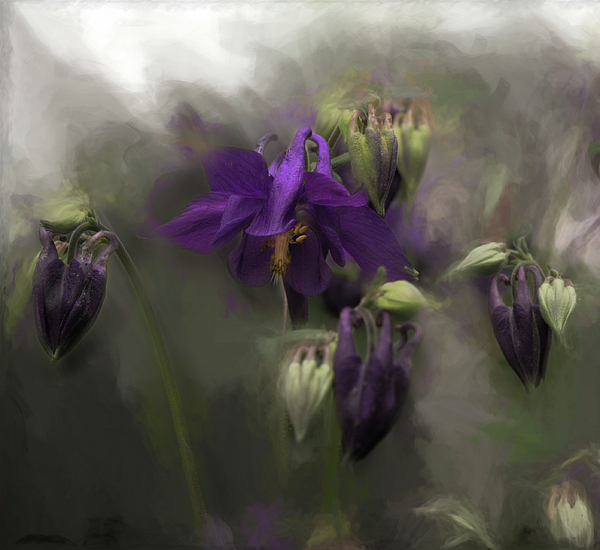 |
Columbine Morning
|
Though a few earlier owners took some baby steps, Snow’s Mountain came into its own when Ralph Bean, a combat veteran of WWII and sole heir of a Lowell Massachusetts family in the manufacturing of shoes, who had spent much of his youth working at the mountain, inherited about 400 acres, representing most of the private land in the Valley. Ralph and his wife Grace Bean partnered with Raymond Brox, also of the Lowell area.
A previously existing rope tow was already on the land but was not operational.
According to his son Bill Brox, Raymond told Ralph “he could get the old rope tow running” and sure enough he did.
This began a dedicated friendship between Ralph Bean and Raymond Brox. Ralph even gave Ray two acres of land in a prime part of the Valley on which Ray would build a home in Waterville, to show his gratitude for Ray’s friendship.
It began with rehabilitating the rope tow, where skiers grasped a large rope and were pulled up to the top of a modest little hill standing, as they clung to the rope.
Barely a glorified cow pasture this little “lift” was the center of community activities on winter weekends and the bane of many new skiers who took time to get used to rope tows.
It seems that Ralph and Grace handled the aesthetic side of the partnership - what today they refer to as the “public-facing” side. Raymond was the engineer who quickly grew Snow’s Mountain with the addition of, first, one and then a second T-Bar, one above the other. The first T-Bar serviced the intermediate level skiers and the second for those ready for the challenge of expert terrain.
Raymond purchased the T-Bars from a Utah ski area, and supervised the re-construction of the T’s after they were shipped to NH.
A few years later, Dartmouth graduate and Olympic superstar Tom Corcoran partnered with Ralph Bean and Raymond to develop the Waterville Valley ski resort, with the moral and financial support of several other iconic American families who were also involved from the beginning: The Kennedy Family of Massachusetts and the Dunfey Family of New Hampshire. Later the Sununu family would lend their support making it a bi-partisan affair.
Looking back, What few people know about the phenomenon that began as “Hotdog skiing” or just plain “hotdogging”; and in less than a year morphed into the more sexy and urbane “Freestyle Skiing”, is that its rise was a joyful, generous and welcoming celebration of America’s diversity in a sport that had only recently been the “lily-white” domain of a small elite group of Americans.
Until the 1970s skiing had evolved gradually, beginning with its European roots followed by a migration of famed European skiers imported into the US specifically to bring their expertise. With the exception of the legendary Stein Erickson, most of the others were still skiing and instructing in the traditional, albeit evolving, manner and method.
So what was so revolutionary about Waterville Valley?
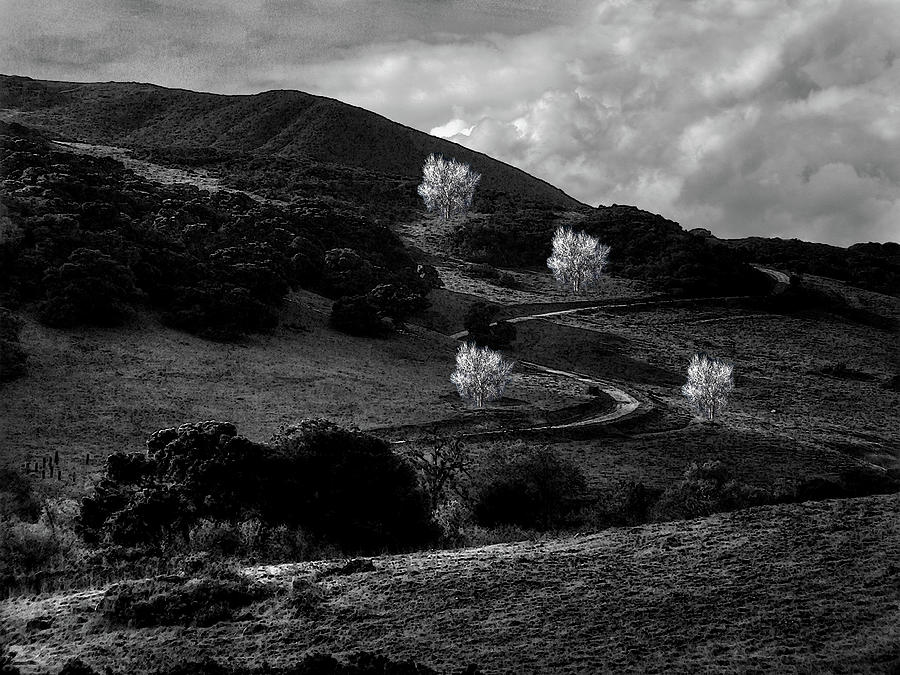 |
Ghosts on a Road to the Sun
|
It was the people; their common humanity and openness to one another. In short it was their generosity of heart, spirit, and their love of skiing and the land.
Tom Corcoran was the commander of the works but he was also the public face of Waterville, traveling the country to evangelize on behalf of the new resort. As Tom Corcoran traversed the country on behalf of the Waterville Company its reputation grew.
Meanwhile, back in the “Valley” a group of exciting, and sometimes outrageous, skiers were birthing the most exciting new development in Alpine skiing.
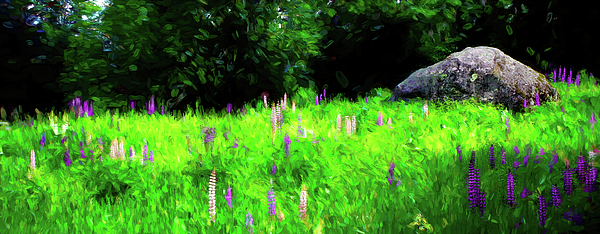 |
Glacial Boulder in the Lupines
|
Before even Corcoran saw the behemoth that was being created at Waterville Valley, Doug Pfieffer, Editor at Skiing Magazine, who viewed the industry from an even higher plain, saw that something huge was taxiing down the runway.
Wayne Wong conveys the story of a bet between Corcoran and Doug Pfieffer, made at the Boston Ski Show, that lead to the first official competition.
Following on the heels of the bet between Corcoran and Pfeiffer, in the spring of 1971 Waterville held the National Championship of Exhibition Skiing.
Just to make sure they were sealing the leadership position Corcoran and Pfeiffer, secured as the main judge Jean Claude Killy, three event Gold Medal Olympian.
Just like that, the fire had been lit.
Notes & Links
The Birth of Freestyle Skiing at Waterville Valley Podcast Series Overview
From Anamaki Chronicles and InDepthNH.org
This podcast series was produced in three main parts with ancillary interviews also published. YouTube interviews are included where possible.
Part 1 - The Dreamers and the Doers
https://feeds.podetize.com/ep/merRchZ-4/media
https://www.anamaki.com/art-productions/podcasts/new-hampshire-secrets-legends-lore
Show Notes
 |
Autumn Curves on George Road
|
Part 2 - The Mentors and the Protectors
https://feeds.podetize.com/ep/h9zwlyIsg/media
https://www.anamaki.com/art-productions/podcasts/new-hampshire-secrets-legends-lore
Show Notes
Part 3 - The Athletes
Coming soon
Accompanying Interviews
Frank Deboise
Frank Deboise: https://feeds.podetize.com/HGW31ThDn.mp3
https://www.anamaki.com/art-productions/podcasts/new-hampshire-secrets-legends-lore
Show notes
Nick & Suzi Preston
Nick & Suzi Preston - A Life in Skiing, a Freestyle Life https://feeds.podetize.com/ep/bRHCU52Td/media
https://www.anamaki.com/art-productions/podcasts/new-hampshire-secrets-legends-lore
YouTube - Coming soon
Show Notes
Remembering Ray Brox
Bill Brox, Son of Raymond Brox
https://feeds.podetize.com/b04rwqlg2.mp3
https://www.anamaki.com/art-productions/podcasts/new-hampshire-secrets-legends-lore
Show Notes
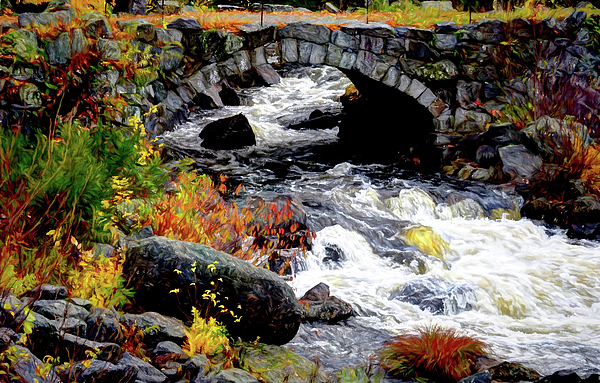 |
The Stone Arch Bridge, Hancock NH
|
Jack Sanders
Jack Sanders a brilliant legal mind and protector of Freestyle
Jack Sanders
https://feeds.podetize.com/Gybe4fSK3.mp3
https://www.anamaki.com/art-productions/podcasts/new-hampshire-secrets-legends-lore
Show Notes
Tom Gross
Nick Preston calls Tom the Unofficial Mayor of "Waterville Valley"
Tom Gross
https://feeds.podetize.com/C6pYhDC1A.mp3
https://www.anamaki.com/art-productions/podcasts/new-hampshire-secrets-legends-lore
Show Notes
John & Donni Hughes
Understanding the culture of Waterville during the birth of Freestyle. The wind beneath the wings of Freestyle.
John & Donni Hughes
https://feeds.podetize.com/nOawqmYok.mp3
https://www.anamaki.com/art-productions/podcasts/new-hampshire-secrets-legends-lore
Show notes
Bernie Weischel
Bernie Weischel: 75 Years on the Boards and an Exhibition Guy at Heart
https://feeds.podetize.com/6w0RDNU_2.mp3
https://www.anamaki.com/art-productions/podcasts/new-hampshire-secrets-legends-lore
Show notes
George Askevold
Attitude and Altitude in the Wild West of Skiing https://feeds.podetize.com/yp_6i71bi.mp3
https://www.anamaki.com/art-productions/podcasts/new-hampshire-secrets-legends-lore
Show notes
Hali Beckman
Hali Beckman Remembers JD Nelson and the early days of Freestyle Skiing at Waterville Valley
https://feeds.podetize.com/v_ggGFPqm.mp3
https://www.anamaki.com/art-productions/podcasts/new-hampshire-secrets-legends-lore
Show notes
Jerry Dunfey
Jerry remembers JD Nelson and his friend Frank Deboise
https://feeds.podetize.com/YTfKrY5qL.mp3
https://www.anamaki.com/art-productions/podcasts/new-hampshire-secrets-legends-lore
Show notes
Doug Pfeiffer Godfather of Freestyle: Produced by Dan Egan and including Wayne Wong
https://www.youtube.com/watch?v=iCF2zo0izDA
Doug Pfeiffer, one of the founders of Professional Ski Instructors of America, PSIA, taught in Canada and California before becoming editor of Skiing Magazine. In that position he was instrumental in launching and publicizing the freestyle skiing movement.
Doug Pfeiffer: PSIA founder, Skiing editor, freestyle pioneer
International Skiing History Association
https://www.skiinghistory.org › resources › video › doug...
Organization founded: Professional Ski Instructors of America & American Association of Snowboard Instructors
Doug Pfeiffer
Hall of Fame Class of 1987
https://skihall.com/hall-of-famers/doug-pfeiffer/
Art Furrer made me
dream of Hart Javelins
By Greg Morrill
https://www.vtcng.com/stowe_reporter/on_snow/art-furrer-made-me-dream-of-hart-javelins/article_8b054308-e255-11e5-9c9b-c3dad1b42d33.html


